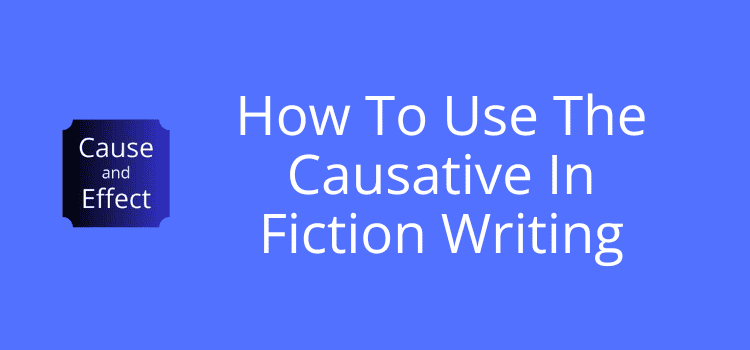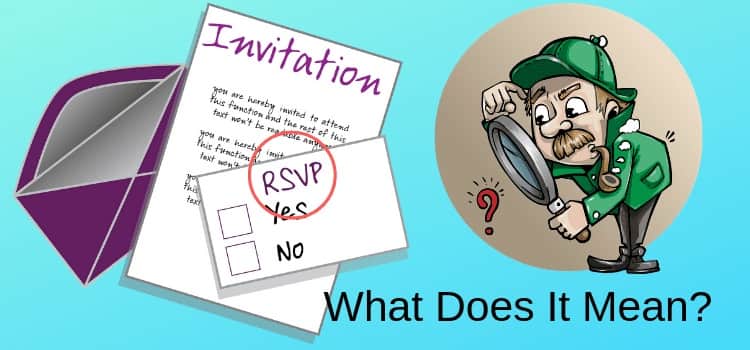
Do you struggle when you try to describe things you can’t see or touch in your writing?
It’s always easier with objects, things, and people you can see because you can use descriptive adjectives to paint a picture.
But when it’s a feeling, an emotion, or an intangible abstract idea, your normal describing tools don’t work.
The best way to handle writing about feelings or invisible things is to concentrate on the effects or to use vivid comparisons, such as similes or metaphors, to help your readers relate to the unseen.
Why it’s challenging to describe things you can’t see

When you write about visible objects, it comes naturally because you can describe the shape, color, texture, or quality very easily.
However, when something is abstract, such as trying to describe silence, you have no physical aspects to rely on for describing intangible ideas or emotions.
If you are describing the ocean or sea, you have waves, colors, and even reflections you can use.
Abstract concepts like love, freedom, or fear are internal, so what can you describe? Emotions and ideas don’t have shape, color, or texture.
That makes them difficult, if not impossible, to describe. The only way to tackle these invisibles is to concentrate on what they do.
In other words, you need to write about the effect on a character, rather than clutching for adjectives or clichés like “a heart of stone” or “as cold as ice”.
With intangible things, you need to be creative to help readers relate to a feeling. A good example is pain because it has physical or emotional effects.
You have to think about the specific type of pain your character is experiencing. If it’s physical pain, you have body parts to work with. But emotional pain is internal, abstract, and complex.
Yes, you can grasp at words like sad, depressed, unhappy, or disconsolate, but they are simplistic and superficial. When you can’t see, smell, touch, or even hear something, you need to be much more inventive in your writing.
Techniques to describe things you can’t see or touch
So, if describing the unseen is a bit tricky, how do you make it work?
The most effective way to describe abstract things is to concentrate on the effects. You can describe how intangibles affect your character’s body, thoughts, feelings, or actions.
As an example, you can describe how fear makes a character’s hands tremble, their stomach turn, or stumble for words.
Another way is to use metaphors and similes to compare an abstract idea with something real for readers to relate to.
For instance, if you write about sadness, you could describe it using “as sad as a shadow in the dark” or “drowning in sorrow.”
You can also use the senses beyond sight to relate to effects. Sound, smell, taste, and touch can give hints.
Using the sense of smell can bring back sudden emotional memories.
Perhaps missing “the salty tang of the sea” could relate to homesickness, or the “pungent odor of pipe smoke” reminding a character of a lost grandfather.
You can also use personification, which gives human traits to abstract ideas. “Fright strangled her every word” to describe the effect of someone’s fear of public speaking.
Cause and effect is another choice. For romance fiction, you could use lingering glances, sighs, or hesitant touches. “Her mournful sigh touched his heart” is a quick example.
Concrete imagery is a good way to connect with abstract things or ideas. Even feelings can be connected to reality, such as “a tingle running down her spine.”
With grief, you can often use weight to explain an emotion. “A heavy stone weighed on his chest” is highly descriptive.
Analogies are another tool you can use for complex concepts. Freedom might be a bird circling gracefully in the breeze, or inspiration could be a solitary candle in a dark room.
If you want to, you can combine any of these techniques to help you describe things you can’t see or touch. All it takes is a bit of imagination and practice.
Common mistakes when writing about abstract ideas
By far, the most common mistake when learning how to make abstract ideas feel real is missing an opportunity to add extra depth to characters or scenes.
These are telltale lines to watch out for:
“She was happy.”
“They were sad.”
“He was angry.”
“It was beautiful.”
Whenever you see a passage using simplistic adjectives to describe feelings, it’s an opportunity gone begging.
While adjectives can convey a basic idea, they don’t show cause and effect or detail the feelings and sensations involved.
Another problem is falling back on very tired old clichés. Readers tend to skip expressions like “as hard as nails”, “a storm in a teacup,” or “broken-hearted.”
It’s far better to delve deeper into a feeling or emotion and how it affects your character’s body, choices, or perceptions. That’s how you can make your descriptions unique.
You can also fall into the trap of over-describing if you attempt to describe the unseen too literally. The result is often awkward, long passages that can be rather vague.
Forgetting to use the senses is another potential pitfall. Almost all abstract ideas and situations are linked to sensory experiences.
What a character hears, smells, feels, or tastes are all tangible ways to connect the dots.
Finally, describing a cause without the effect can leave readers in the dark. Without that link, there could be a disconnect between a character’s actions or decisions.
Before and after examples
As a quick little follow-up to my earlier examples of missed opportunities, here are four possible ways to add more depth and meaning to simple adjective phrases.
Before: She was happy.
After: Her face lit up as if someone had opened the curtains on a new day.
Before: They were sad.
After: They sat in silence, staring at the half-empty cups, neither one brave enough to speak.
Before: He was angry.
After: His jaw clenched, and the words came out through gritted teeth, sharp enough to cut.
Before: It was beautiful.
After: The valley shimmered in the dawn light, every blade of grass holding a tiny drop of gold.
Okay, these examples aren’t the work of Shakespeare, but they do give you a clue and some ideas to help you add more to your descriptive sentences.
Conclusion
Learning how to describe abstract things you can’t see or touch is one of the most challenging skills for a writer or author.
It’s because it forces you to go well beyond a superficial notion and dig deeper into the feelings, ideas, and sensations a character encounters.
For invisible and abstract ideas, there’s rarely a perfect adjective. You have to show readers how silence, pain, or love affects them, and what caused the effects.
When you focus on the effects, you naturally bypass the quick adjective labels, and your writing will be more emotional, memorable, or authentic.
Doing that gives you the ability to help your readers feel what can’t be seen or touched.
Related Reading: How To Describe A Night Much Better In Writing
Share This Article


